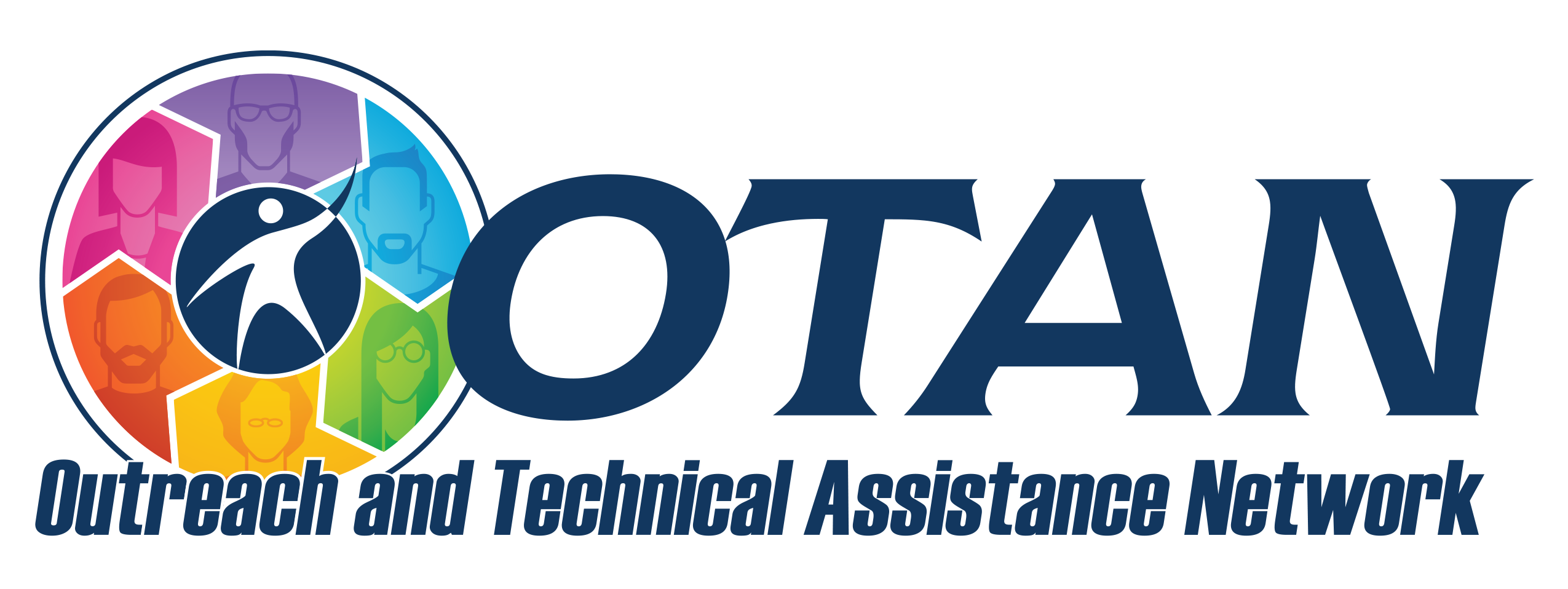Search
Exploratorium: Mitosis
Details
Activity Description
In this activity, students use printable images from a time-lapse movie to make flipbooks—handheld animations. This series of images depicts the process of mitosis in the early embryo of the fruit fly, Drosophila melanogaster. In this stage of Drosophila development, the nuclei divide very rapidly without cell division, and the divisions are synchronized. The mitosis shown took about 10 minutes from start to finish.
Preparation
- Download the flipbook pages. There is a link on the right going to the downloadable PDF files.
- Print each of the five PDF pages onto a sheet of 8.5 x 11" heavy paper (the files are in color, but you can print them in black and white, too).
- Gather scissors and a medium-sized binder clip for each group.
- Download and review the activity instructions (.doc).
More Ways
- Exploratorium Museum has several classroom exploration and flipbook activities available.
Program Areas
- ASE: High School Diploma
Lesson Plan
Objective: Activate prior knowledge about cell division.
Activity:
- Display a short time-lapse video showing mitosis (such as this from HHMI Biointeractive: https://www.biointeractive.org/classroom-resources/animal-cell-mitosis).
- Ask students:
- What do you notice about how the nucleus changes?
- Have you heard the word "mitosis" before? What does it mean?
- Why do cells need to divide?
Transition: “Today, we’ll create a flipbook to model the stages of mitosis as it occurs in fruit fly embryos. You’ll use real scientific images to create animations that help visualize how nuclei divide rapidly and in sync during early development.”
Introduction (10 minutes)
Objective: Introduce mitosis and its relevance to Drosophila embryonic development.
Mini-Lesson:
- Use a slideshow to cover briefly:
- What mitosis is (focus on key phases: prophase, metaphase, anaphase, telophase).
- How fruit flies (Drosophila melanogaster) are used in scientific studies.
- The difference between mitosis with and without cytokinesis (relevant to early embryos).
Explain the goal: Create a flipbook animation to understand and identify the stages of mitosis through motion.
Objective: Demonstrate the flipbook-making process.
Activity:
- Show a completed example of the mitosis flipbook.
- Step through how to:
- Cut the pages correctly.
- Order the images sequentially.
- Add blank pages at the end.
- Bind using a binder clip.
- Emphasize alignment for smooth flipping.
Have students work with a partner as they construct their flipbook
Objective: Students collaborate to build and use flipbooks.
Instructions:
- Divide students into small groups (3–4 per group).
- Distribute printed flipbook pages (download from the Exploratorium site).
- Provide scissors and binder clips.
- Students cut out and assemble flipbooks.
- Once complete, they flip through and discuss:
-
- Which stage of mitosis is visible on which pages?
- What changes do you see from frame to frame?
Teacher Role: Circulate and guide students in identifying mitotic stages.
Objective: Check for understanding and reinforce key concepts.
Formative Assessment:
- Students label at least three frames in their flipbooks with the correct stage of mitosis.
- Exit ticket: "What did you learn about cell division by creating the flipbook? Name one stage and describe what happens during it."
Objective: Extend learning beyond the flipbook.
Options:
- Creative Writing: "Imagine you are a nucleus. Describe what you feel and see during mitosis."
- Research Extension: Have students explore another process visualized through time-lapse and propose a flipbook model (e.g., meiosis, plant cell division).
Documents
- Mitosis.png - Screenshot of the Mitosis Lesson Plan
Subjects
- Science
- Biology
- Earth Science
- Health and Life Science
Standards
- Reading
- CCR Anchor 1 - Read closely to determine what the text says explicitly and to make logical inferences from it; cite specific textual evidence when writing or speaking to support conclusions drawn from the text.
- CCR Anchor 7 - Integrate and evaluate content presented in diverse media and formats, including visually and quantitatively, as well as in words.
- Speaking and Listening
- CCR Anchor 1 - Prepare for and participate effectively in a range of conversations and collaborations with diverse partners, building on others’ ideas and expressing their own clearly and persuasively.

